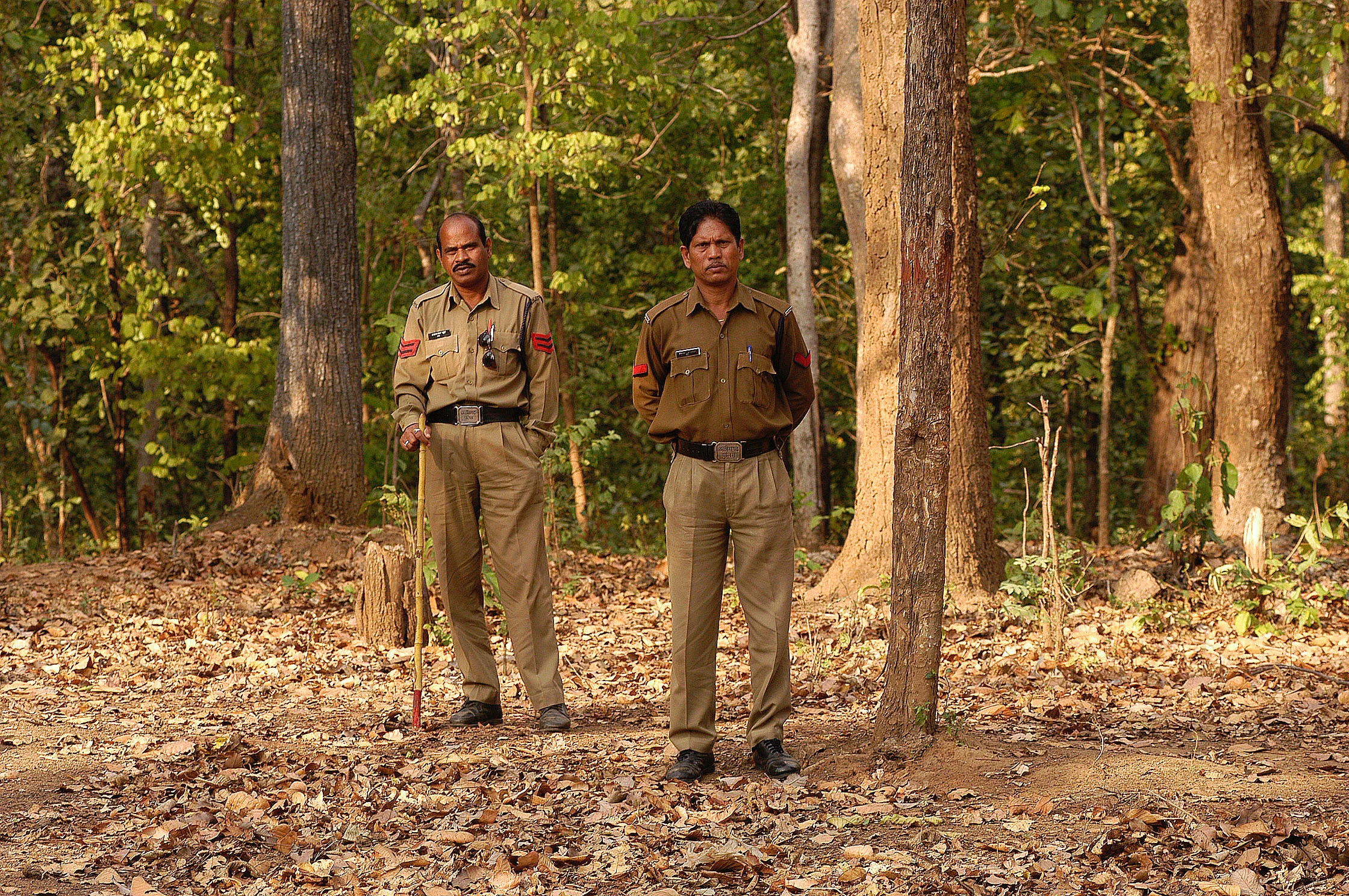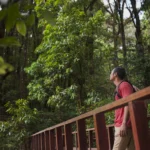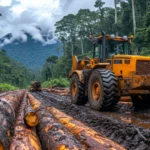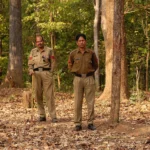Forests are among the planet’s most vital ecosystems, providing habitat for wildlife, regulating climate, and offering resources for human use. The Department of Forestry plays a crucial role in ensuring that these natural treasures are managed sustainably, balancing the need for economic benefits with ecological preservation. This blog explores the innovative approaches and tireless efforts of the Department of Forestry in pioneering sustainable forest management.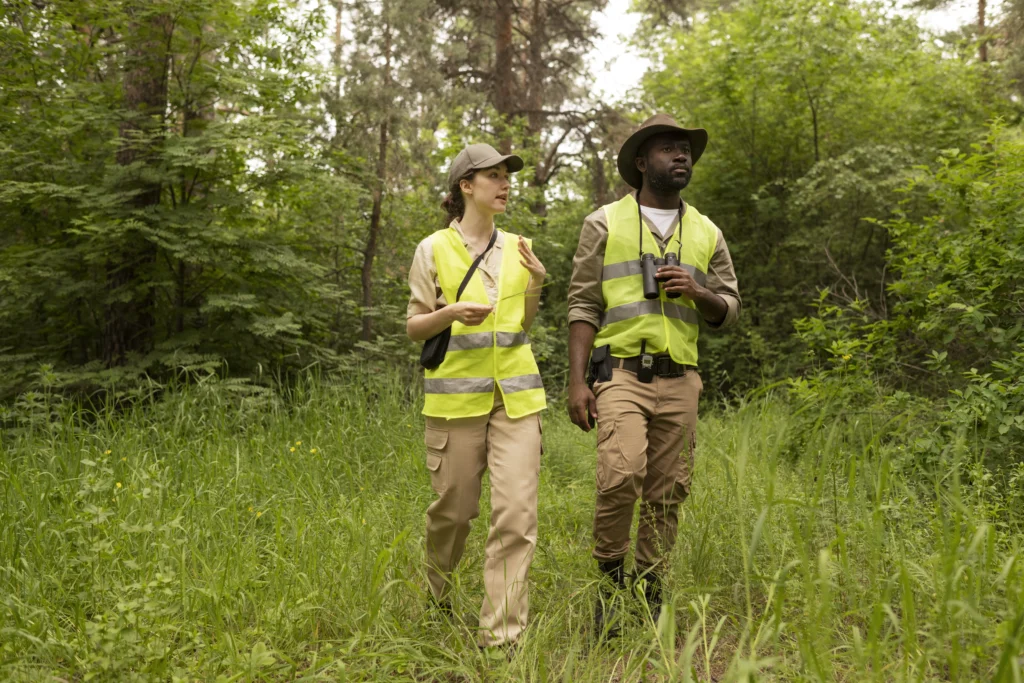
The Department of Forestry’s Mission
The Department of Forestry is dedicated to the responsible stewardship of forest resources. Its mission encompasses protecting forests from threats such as wildfires, pests, and diseases, promoting sustainable logging practices, and ensuring the health and biodiversity of forest ecosystems. Through a combination of science, technology, and community engagement, the Department works to maintain the delicate balance between human use and forest conservation.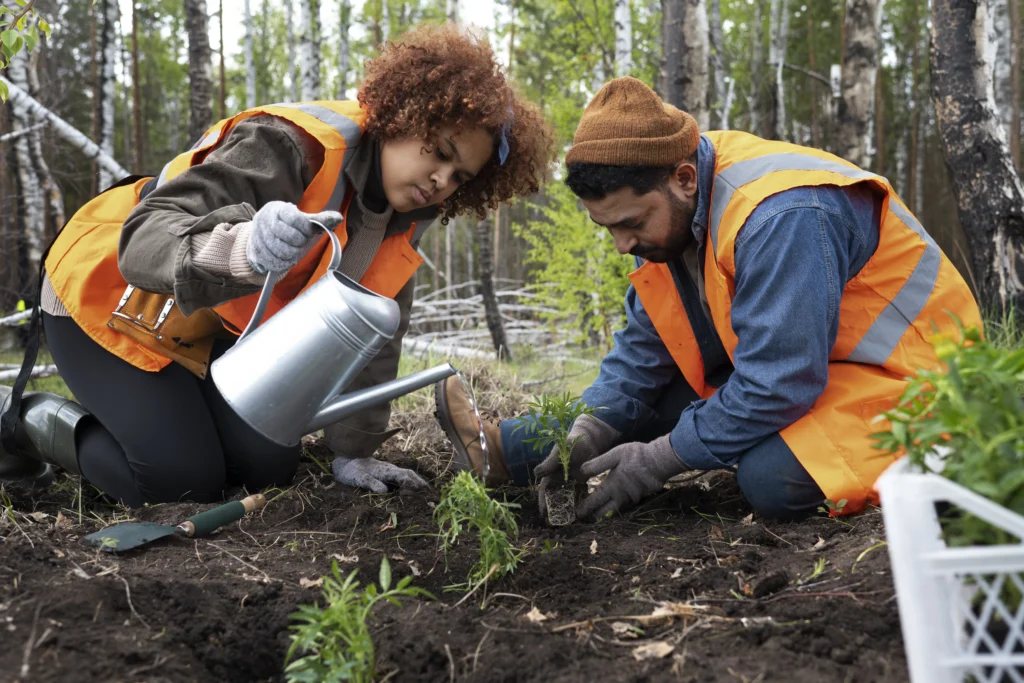
Sustainable Forest Management: A Multifaceted Approach
Sustainable forest management involves a comprehensive strategy that integrates ecological, economic, and social objectives. The Department of Forestry employs several key practices to achieve this balance:
-
Selective Logging
Selective logging is a practice that involves carefully choosing which trees to harvest, rather than clear-cutting large areas. This method helps maintain the forest’s structure and biodiversity, allowing younger trees to grow and preserving habitats for wildlife. By minimizing the environmental impact of logging, selective logging ensures that forests can continue to thrive.
-
Reforestation and Afforestation
Reforestation (replanting trees in deforested areas) and afforestation (planting trees in areas that were not previously forested) are critical components of sustainable forestry. The Department of Forestry undertakes extensive tree-planting initiatives to restore degraded lands, enhance carbon sequestration, and increase forest cover. These efforts not only combat climate change but also support biodiversity and soil health.
-
Integrated Pest Management
Pests and diseases can devastate forests, reducing their productivity and health. The Department of Forestry uses integrated pest management (IPM) strategies to control these threats. IPM combines biological control methods (such as introducing natural predators), cultural practices (such as crop rotation), and chemical controls (used sparingly) to manage pest populations in an environmentally friendly manner.
-
Fire Management
Wildfires are a natural part of many forest ecosystems, but they can also cause significant damage. The Department of Forestry implements fire management practices, including controlled burns and firebreaks, to reduce the risk of catastrophic wildfires. These measures help maintain the ecological balance of fire-adapted ecosystems while protecting human lives and property.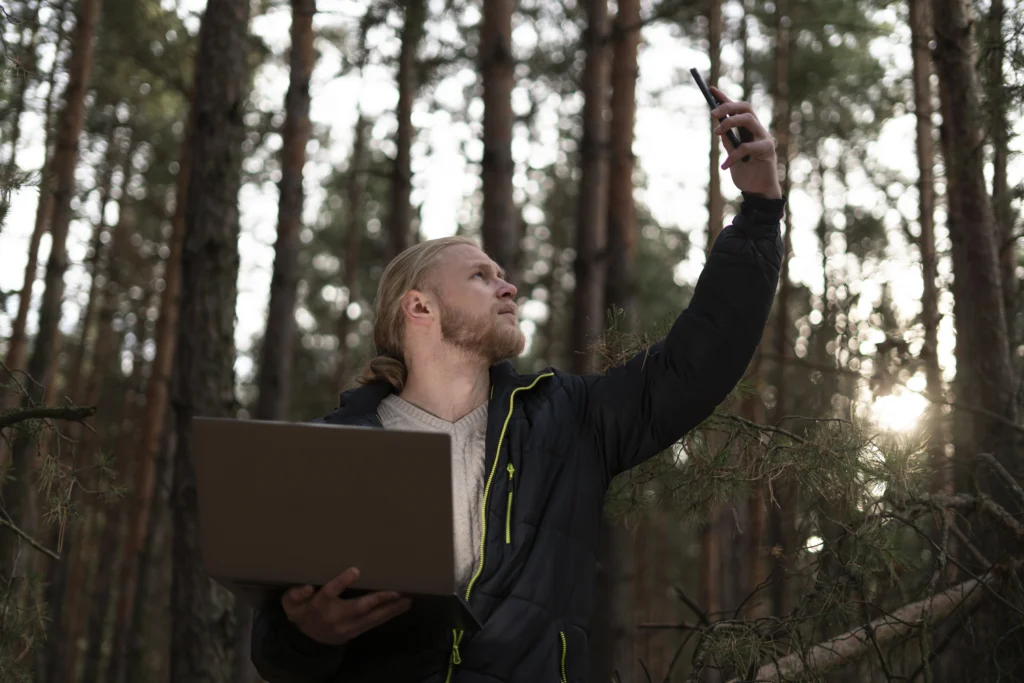
Innovative Technologies in Forestry Management
The Department of Forestry leverages cutting-edge technologies to enhance its sustainable management efforts. Here are a few examples:
-
Remote Sensing and GIS
Remote sensing and Geographic Information Systems (GIS) are powerful tools for monitoring forest health and managing resources. Satellite imagery and aerial drones provide real-time data on forest conditions, enabling the Department to detect changes, plan interventions, and assess the effectiveness of management practices.
-
Climate Modeling
Climate change poses significant challenges to forest ecosystems. The Department uses climate modeling to predict future conditions and develop adaptive management strategies. By understanding how climate change will impact forests, the Department can implement measures to mitigate its effects and promote resilience.
-
Forest Inventory and Analysis (FIA)
The Forest Inventory and Analysis program collects and analyzes data on forest composition, structure, and health. This information is crucial for making informed management decisions, tracking trends over time, and ensuring that forestry practices are sustainable.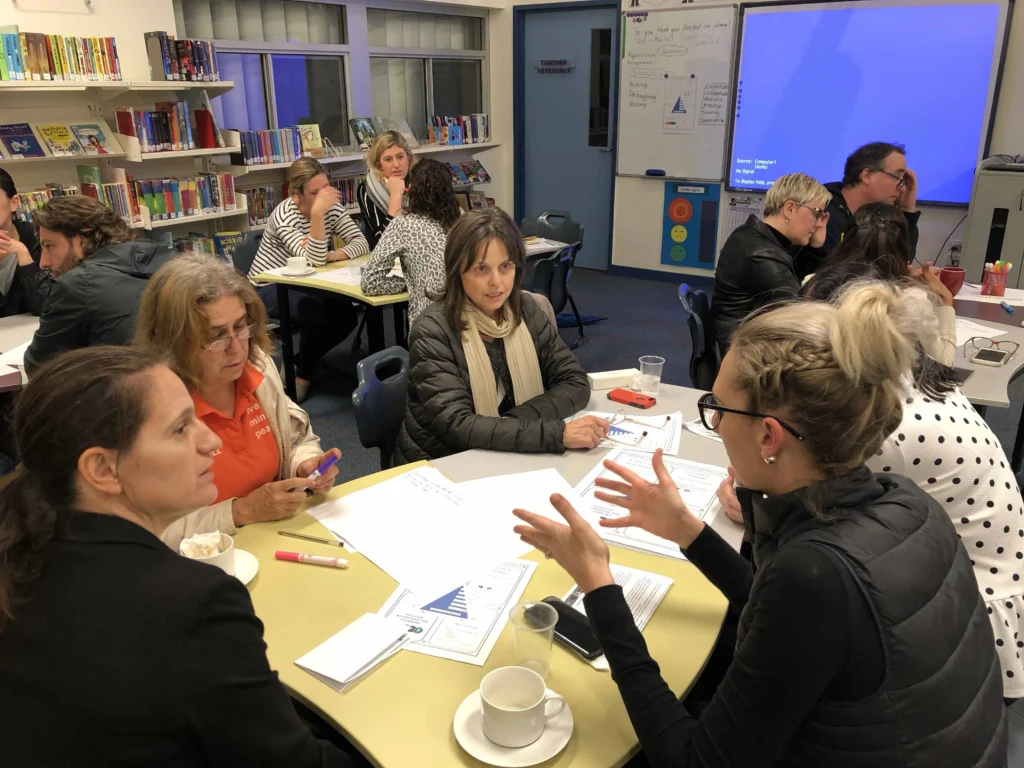
Community Engagement and Education
Sustainable forest management is not just the responsibility of the Department of Forestry; it requires the support and participation of the broader community. The Department actively engages with local communities, schools, and organizations to promote awareness and involvement in conservation efforts.
-
Educational Programs
The Department offers educational programs that teach people about the importance of forests and how they can contribute to their preservation. These programs include school visits, workshops, and guided forest tours, fostering a deeper connection between people and nature.
-
Public-Private Partnerships
Collaborating with private landowners, businesses, and non-profit organizations is essential for large-scale forest conservation. The Department of Forestry works with these stakeholders to develop and implement sustainable management practices, creating a collective impact that extends beyond public lands.
Conclusion
The Department of Forestry’s pioneering efforts in sustainable forest management are essential for preserving our planet’s forest ecosystems. Through innovative practices, advanced technologies, and community engagement, the Department is leading the way in ensuring that forests remain healthy, productive, and resilient for future generations. By supporting and learning from their work, we can all play a part in safeguarding these invaluable natural resources.
